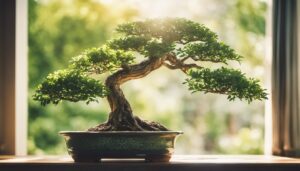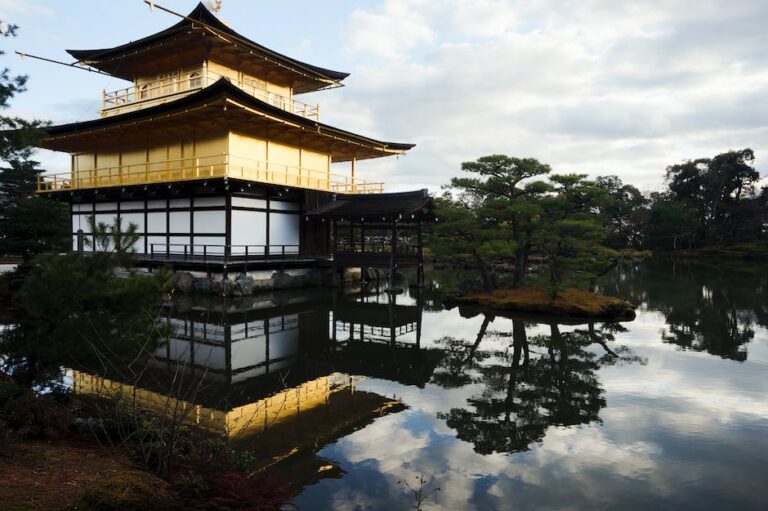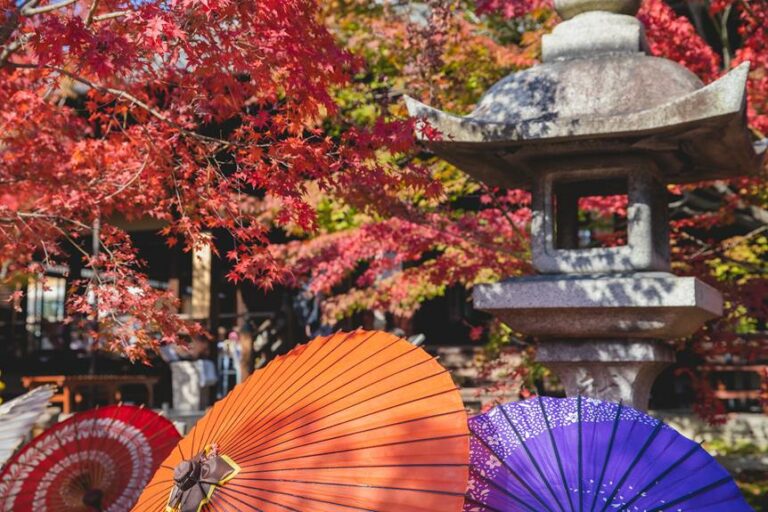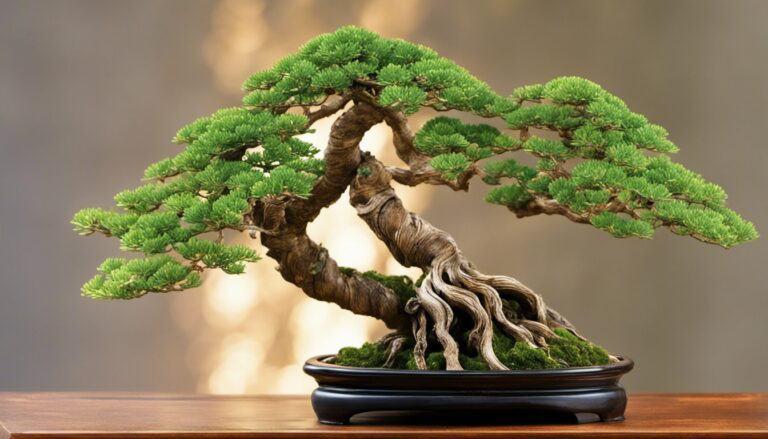Can Bonsai Trees Be Planted In The Ground
Did you know that bonsai trees, those beautifully sculpted miniature trees, can actually be  planted in the ground? Yes, you heard that right! Contrary to popular belief, bonsai trees are not limited to pots or containers.
planted in the ground? Yes, you heard that right! Contrary to popular belief, bonsai trees are not limited to pots or containers.
In this article, we will explore the pros and cons of planting bonsai trees in the ground, factors to consider before making this decision, and provide you with a step-by-step guide on how to plant and maintain these captivating trees in the ground.
So, let’s dive in and uncover the secrets of bonsai tree cultivation in the earth!
Key Takeaways
- Planting bonsai trees in the ground provides access to a larger root system for better water and nutrient absorption, resulting in faster growth and improved overall health.
- It allows the tree to reach its full potential in size, providing a more natural and mature appearance.
- However, there are cons to planting bonsai trees in the ground, such as limited control over growth and shape, the challenge of transplanting if desired, and the need for more frequent maintenance and careful monitoring of water and nutrient levels.
- Factors to consider before planting bonsai trees in the ground include soil requirements, environmental considerations, researching specific species’ requirements, preparing soil according to specific needs, and choosing a suitable location that meets the tree’s environmental needs.
The Pros and Cons of Planting Bonsai Trees in the Ground
If you’re considering planting bonsai trees in the ground, there are several pros and cons to consider.
Planting bonsai trees in the ground offers several advantages. Firstly, the trees have access to a larger root system, allowing them to absorb more water and nutrients. This can result in faster growth and improved overall health. Additionally, being planted in the ground provides stability and protection against extreme weather conditions.
On the other hand, there are also disadvantages to planting bonsai trees in the ground. One major drawback is the limited control over the tree’s growth and shape. Bonsai enthusiasts often prefer to have full control over their trees by keeping them in pots. Furthermore, once planted in the ground, it can be challenging to transplant the bonsai tree if desired.
Therefore, it is essential to carefully weigh the advantages and disadvantages before deciding to plant bonsai trees in the ground.
Factors to Consider Before Planting Bonsai Trees in the Ground
Before deciding to plant bonsai trees in the ground, there are several factors to consider.
Firstly, the soil requirements play a crucial role in the successful growth of bonsai trees. The soil should be well-draining to prevent waterlogging, as excessive moisture can lead to root rot. Additionally, the soil should be rich in nutrients to support healthy growth. It’s recommended to use a mix of organic matter, such as compost, and inorganic components like perlite or sand to create a balanced soil composition.
Secondly, environmental considerations are essential for planting bonsai trees in the ground. Factors such as sunlight exposure, temperature, and humidity levels need to be assessed. Bonsai trees generally thrive in areas with moderate temperatures and sufficient sunlight, but specific species may have different requirements. It’s crucial to research and choose a suitable location that meets the environmental needs of the bonsai tree.
Step-by-Step Guide: How to Plant Bonsai Trees in the Ground
To begin planting your bonsai tree in the ground, you’ll need to prepare the soil according to its specific requirements. Bonsai trees can be planted in the ground, which offers several benefits.
Firstly, it allows the tree to grow to its full potential, reaching a larger size compared to being confined in a pot. Additionally, the ground provides a more stable environment, protecting the tree from extreme temperature fluctuations.
However, there are also challenges to consider. Bonsai trees in the ground require regular pruning and training to maintain their desired shape and size. They also need careful monitoring of water and nutrient levels to prevent over or under watering.
Tips for Maintaining Bonsai Trees Planted in the Ground
Maintaining bonsai trees in the ground requires regular pruning and careful monitoring of water and nutrient levels. When considering whether to plant your bonsai in the ground or keep it in a pot, there are a few factors to consider.
Bonsai trees planted in the ground tend to have more vigorous growth and larger root systems, resulting in a more natural and mature appearance. However, this also means that they require more frequent maintenance, such as pruning and root pruning.
The best soil composition for bonsai trees in the ground should be well-draining, with a mix of organic matter, such as compost, and inorganic materials, such as perlite or pumice. This allows for adequate water retention and prevents the roots from becoming waterlogged.
Regularly monitoring the moisture levels and nutrient content of the soil is crucial for maintaining healthy bonsai trees in the ground.
Common Mistakes to Avoid When Planting Bonsai Trees in the Ground
One common mistake to avoid when planting bonsai in the ground is neglecting to properly prepare the soil. The ideal soil for bonsai should have good drainage, as well as the ability to retain moisture.
One of the common pitfalls is using regular garden soil, which is often too compact and retains too much water, leading to root rot. Instead, opt for a well-draining soil mix that consists of components like akadama, pumice, and lava rock. These materials provide the necessary aeration and drainage while retaining enough moisture for the roots.
Additionally, make sure to remove any weeds or grass from the planting area, as they can compete with the bonsai for nutrients and water.
Conclusion
In conclusion, planting bonsai trees in the ground can be a rewarding endeavor, but it comes with its own set of challenges.
By symbolically planting a bonsai tree in the ground, you are not only nurturing its growth but also fostering a deeper connection with nature.
Just as the bonsai tree requires careful attention and maintenance, so too do our own lives. Through the intricate art of bonsai, we learn the importance of patience, dedication, and balance.
So go ahead, embark on this journey, and let your bonsai tree become a living symbol of your own personal growth and resilience.




